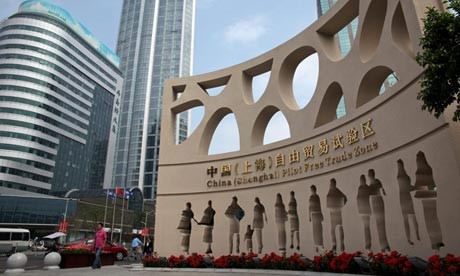Three new free trade zones were recently given an adjustment in investment rules by the Chinese government. This was after it was green lighted through a vote by the top legislature during the bi-monthly meeting of the National People's Congress Standing Committee.
The new zones include the Guangdong and Fujian provinces and Tianjin where the only FTZ currently in operation is in Shanghai.
The Guangdong FTZ, which measures up to 116.2 square kilometers, will cover up to the zones of Guangzhou, Shenzhen and Zhuhai while the 119.9 square kilometer Tianjin FTZ will be comprised of three sectors around Tianjin Port, Tianjin Airport and Binhai New Area industrial Park. Meanwhile, industrial areas from the capital of Fuzhou, Xiamen and Pingtan will be included in the 188.04 square kilometer Fujian FTZ.
The resolution is only a temporary adjustment of regulations for administrative approvals wherein foreign companies will not need government approval to set up ventures in these FTZs, shutdown and merge ventures or change their business purpose but instead, they will only need to report business plans to appointed authorities.
The reason for the adjustment by the State Council is due to the conflict of the preferential policies with twelve articles out of four laws on foreign companies, Sino-foreign joint venture and Taiwan investors.
According to the resolution, temporary adjustment will last for three years beginning March and after the appointed time period, the State Council will assess the adjustment and use it to decide to propose a law revision or revert back to the original regulations.
It was not long ago that the State Council announced Chinese plans to establish three new FTZ's and the expansion of the Shanghai FTZ, established in September 2013, in its attempt to improve the market and to renew the current administrative system.
Since its start, the government had used the Shanghai FTZ as a way to test out new policies in preferential trade and finance as well as a means to open up more industries to China's foreign investors.


